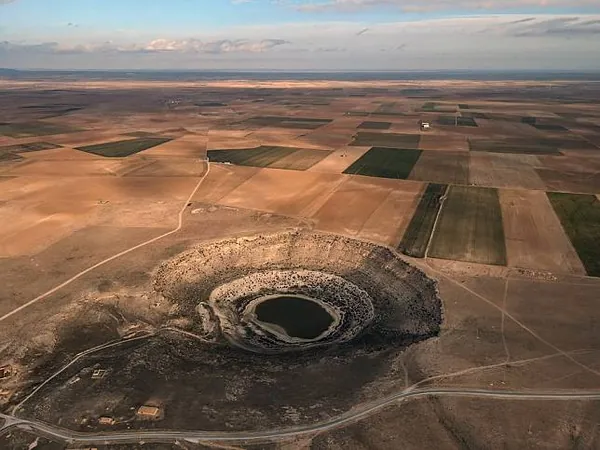
Groundbreaking Discovery: Tectonic Secrets of the Central Anatolian Plateau Could Unlock Mysteries on Other Planets!
2025-01-04
Author: Sophie
Introduction
Scientists have long been captivated by the Central Anatolian Plateau, a striking geological formation characterized by towering mountains and sprawling lowlands. Towering nearly 2 kilometers above sea level, this unique region serves as a laboratory for examining Earth's dynamic tectonic forces.
Recent Research Findings
Recent research published in *Nature Communications* has unveiled new insights into the plateau's intricate geology, specifically focusing on the enigmatic Konya Basin. Unlike the surrounding areas, which showcase dramatic elevations, this circular depression presents a puzzling case of subsidence amidst uplift—a phenomenon that could have implications for understanding tectonic processes on other planets, such as Mars and Venus.
Satellite Technology and Data Analysis
Through the use of cutting-edge satellite technology like Sentinel-1 InSAR and GNSS data, scientists have quantified the basin's rapid sinking, which exceeds rates of 20 millimeters per year. This stark contrast to the plateau's overall uplift of up to a kilometer over the last 10 million years raises intriguing questions about the forces at play beneath the surface.
Research Team Insights
Lead researcher Julia Andersen, a PhD candidate, notes that the key to the basin's behavior lies in the geological layers beneath it. The research team identified a seismic anomaly in the upper mantle, suggesting the presence of dense, high-velocity materials. This is indicative of a process known as lithospheric dripping—a phenomenon where denser crustal fragments detach and sink into the more fluid lower mantle, causing localized surface changes.
Experimental Findings
In laboratory experiments designed to mimic these geological processes, researchers used silicone polymers to represent the mantle and clay mixtures to simulate the lithosphere. They discovered that initiating a 'drip' with a high-density seed could efficiently produce a basin without significant lateral movement of the crust. 'Within hours, we saw the primary drip, followed by subsequent daughter drips that further pulled the crust downwards,' Andersen explains.
Broader Implications
This remarkable finding suggests that such subsidence is not a random occurrence but rather a continuous process that could profoundly affect the geological landscape over millennia. The implications extend to understanding similar phenomena observed in high plateaus around the world, such as in Tibet and the Altiplano-Puna region, which also exhibit interactions between tectonics and mantle dynamics.
Regional Geological Context
Interestingly, Central Anatolia's interior is tectonically quiet, lacking significant fault systems apart from the Tuz Gölü fault, which experiences minimal seismic activity. This highlights the astonishing nature of the Konya Basin’s subsidence, driven primarily by deep mantle processes rather than surface tectonics, challenging traditional tectonic models.
Interconnected Geological Events
Professor Russell Pysklywec emphasizes the interconnectedness of geological events: 'This discovery reveals how major tectonic activities can be linked, with one lithospheric drip potentially instigating further geological changes.' Such insights underscore the complexity behind Earth's geological narrative and suggest that similar mechanisms could exist on other planetary bodies.
Implications for Planetary Science
The research team’s findings have significant ramifications for planetary science, as they indicate that the processes driving the formation and evolution of features like the Konya Basin may not be limited to Earth. Understanding lithospheric dripping could provide valuable perspectives on the geological histories of celestial bodies lacking Earth-like tectonic activities.
Conclusion
As researchers delve deeper into these geophysical interactions, this work illuminates the intricate dance of forces shaping our planet's surface. By integrating advanced satellite data with laboratory simulations, scientists are piecing together the puzzle of the Central Anatolian Plateau's evolution, revealing how deep mantle dynamics resonate at the Earth's surface.
In summary, the Konya Basin is not just a phenomenon unique to Central Anatolia; it offers a tantalizing glimpse into the grander narrative of planetary geology. As Andersen concludes, 'Our research uncovers how not only Earth's surface but also those of other worlds respond to the profound dynamics of the deep mantle.' This research encapsulates a paradigm shift in our understanding of geological processes, opening exciting avenues for exploration in both Earth and space sciences. Stay tuned as scientists continue to unlock the secrets of our planet—and beyond!
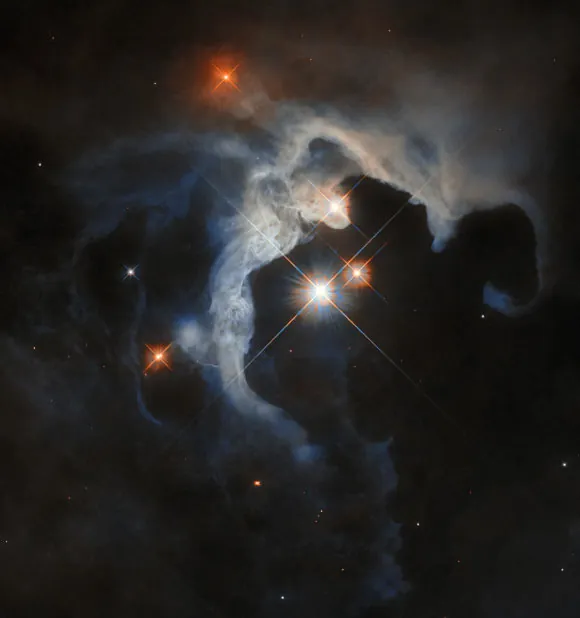


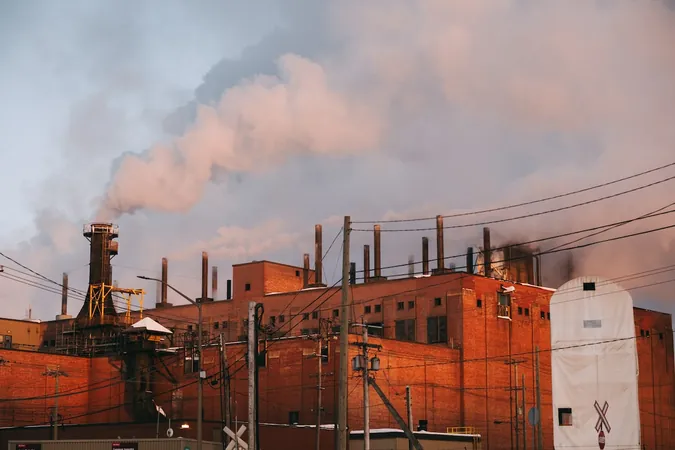


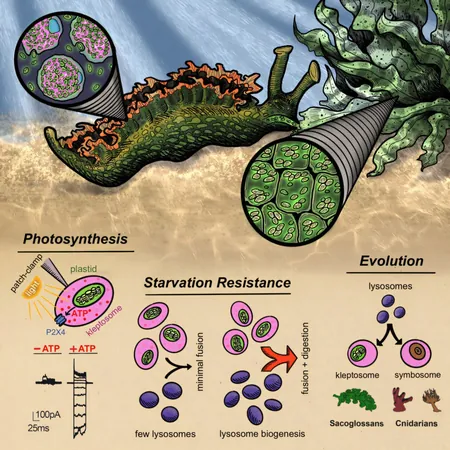
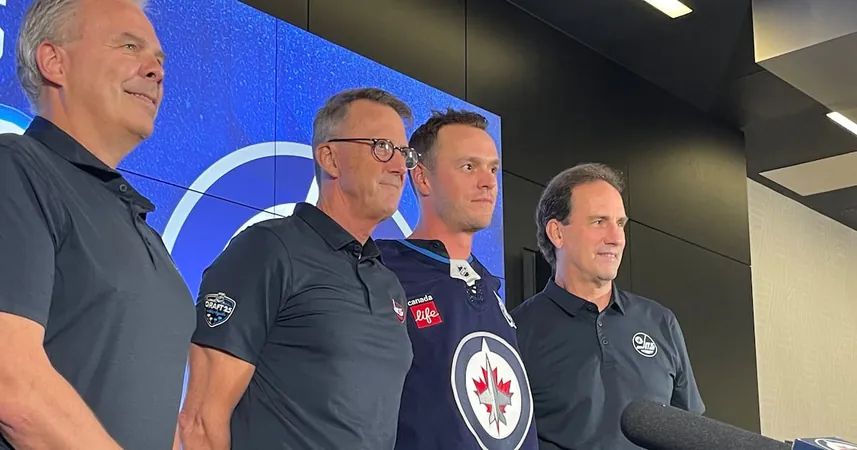

 Brasil (PT)
Brasil (PT)
 Canada (EN)
Canada (EN)
 Chile (ES)
Chile (ES)
 Česko (CS)
Česko (CS)
 대한민국 (KO)
대한민국 (KO)
 España (ES)
España (ES)
 France (FR)
France (FR)
 Hong Kong (EN)
Hong Kong (EN)
 Italia (IT)
Italia (IT)
 日本 (JA)
日本 (JA)
 Magyarország (HU)
Magyarország (HU)
 Norge (NO)
Norge (NO)
 Polska (PL)
Polska (PL)
 Schweiz (DE)
Schweiz (DE)
 Singapore (EN)
Singapore (EN)
 Sverige (SV)
Sverige (SV)
 Suomi (FI)
Suomi (FI)
 Türkiye (TR)
Türkiye (TR)
 الإمارات العربية المتحدة (AR)
الإمارات العربية المتحدة (AR)